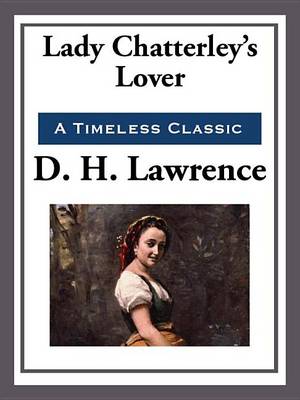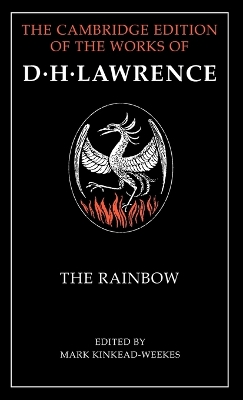Tantor Unabridged Classics
2 total works
In Lady Chatterley's Lover, Lawrence argues for individual regeneration, which can be found only through the relationship between man and woman (and, he asserts sometimes, man and man). Love and personal relationships are the threads that bind this novel together. Lawrence explores a wide range of different types of relationships. The reader sees the brutal, bullying relationship between Mellors and his wife Bertha, who punishes him by preventing his pleasure. There is Tommy Dukes, who has no relationship because he cannot find a woman who he respects intellectually and at the same time finds desirable. There is also the perverse, maternal relationship that ultimately develops between Clifford and Mrs. Bolton after Connie has left. Masterful written, one of the most important novels of all time.
D. H. Lawrence expected The Rainbow to have 'a bit of a fight' before it was accepted, but 'The fight will have to be made, that is all'. It was suppressed, just over a month after publication, in November 1915. The American publisher would make thirteen further cuts and 'dribble out' the book quietly. In 1930 the British government would again consider suppressing a new printing of The Rainbow. Professor Mark Kinkead-Weekes gives the composition history and collates the surviving states of the text to assess the damage done to Lawrence's novel, and to provide a text as close to that which the author wrote as is now possible. The final manuscript, revisions in the typescript and the first edition are recorded in full in the textual apparatus so the reader can follow the novel's development and evaluate what outside interference may have done to it. Also included are explanatory notes to historical references and allusions, and an interior chronology of the book itself.

